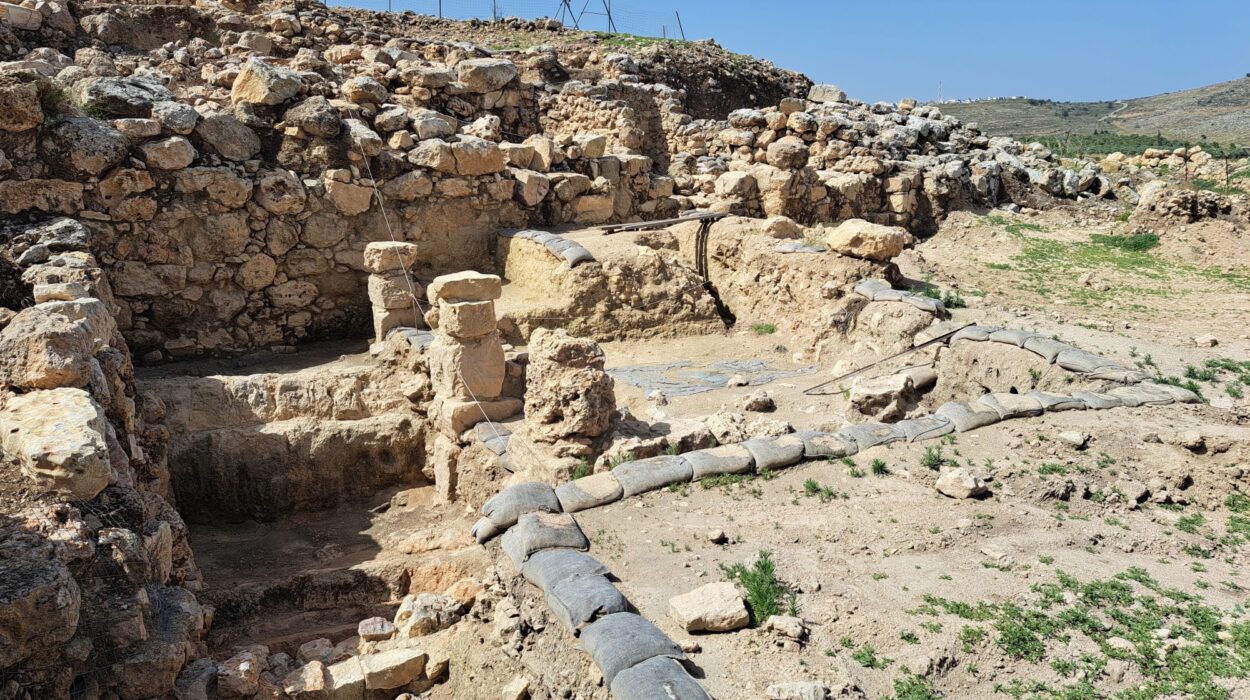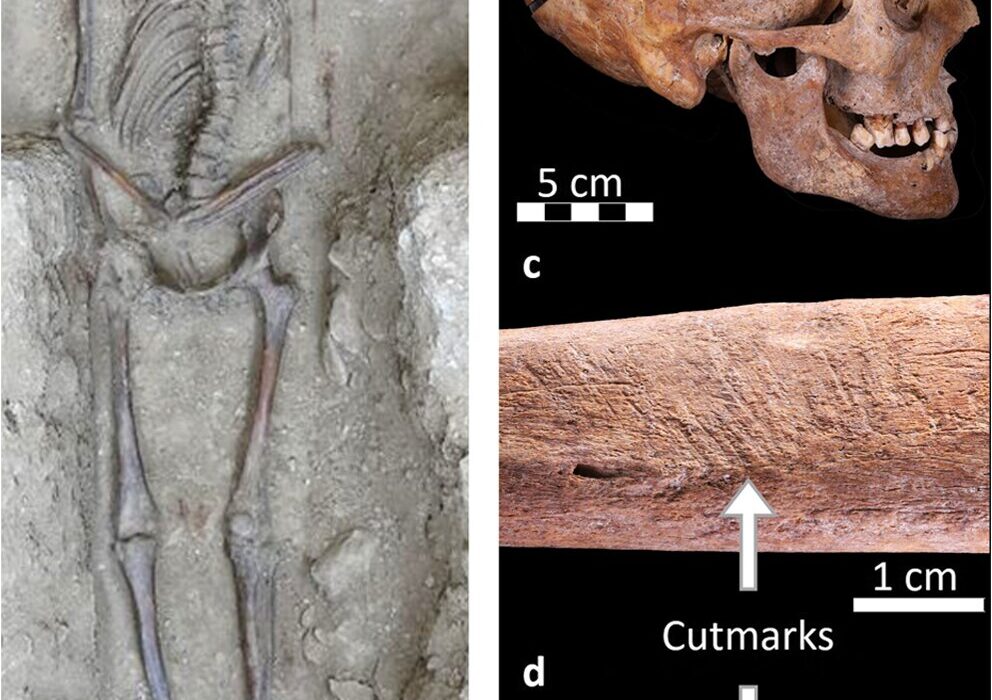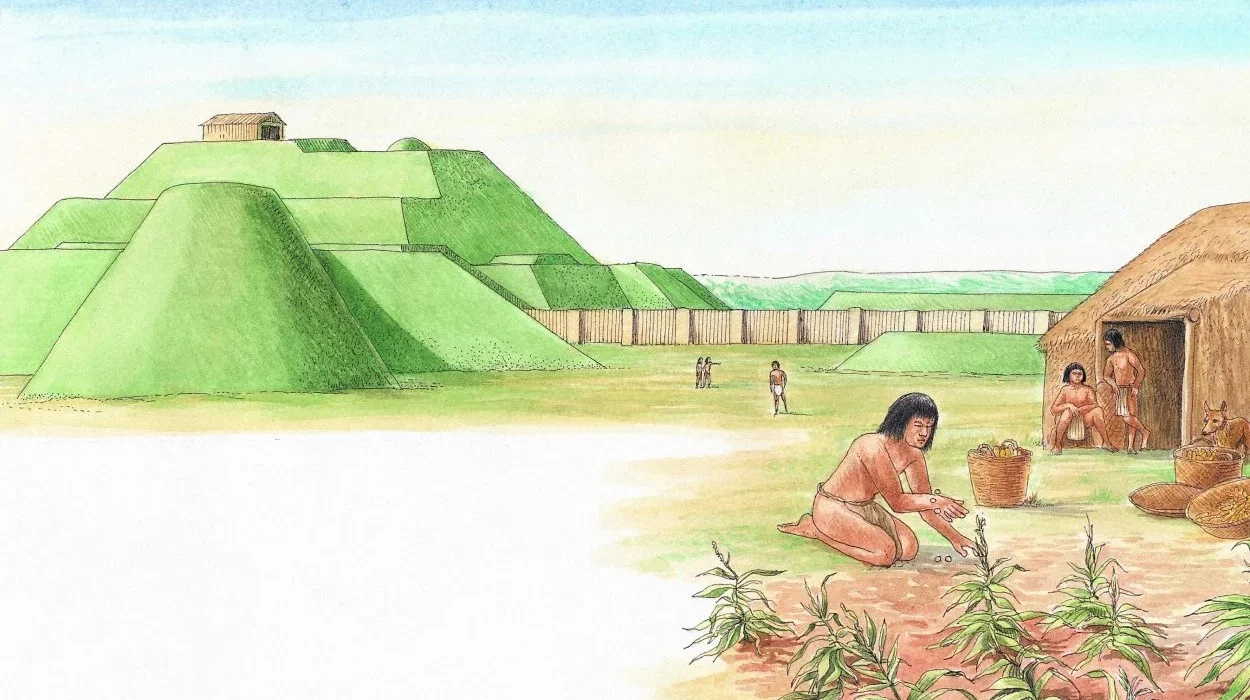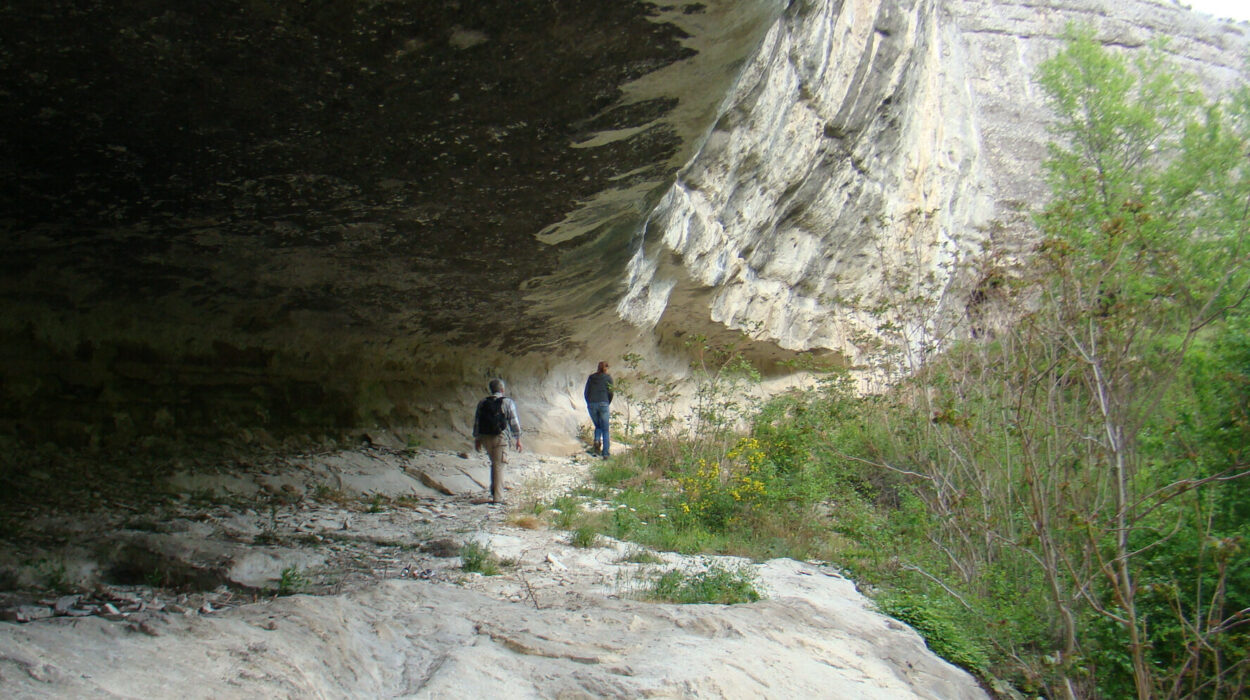The history of global trade is a complex tapestry woven through millennia, and few trade routes are as rich and fascinating as those of the Indian Ocean. While much of the focus has traditionally been on the more prominent coastal hubs, such as Kilwa and Zanzibar, a recent study by Dr. Ignacio Montero-Ruiz and his team has cast new light on the pivotal yet often overlooked role played by small coastal villages in the early development of the Indian Ocean trade system. Their research, published in Azania: Archaeological Research in Africa, centers around the Island of Ibo, located off the coast of northern Mozambique.
This study, which meticulously examines the provenance of ancient copper artifacts discovered on Ibo, challenges long-held assumptions about the peripheral nature of northern Mozambique in the Swahili trade networks. Through advanced scientific analysis, the researchers have uncovered valuable new evidence suggesting that Ibo, once considered a minor participant in regional commerce, was instead a key node in the trade network linking Africa, Arabia, and Asia.
The Historical Context: Northern Mozambique and the Swahili Trade
For much of the history of Swahili trade, northern Mozambique has been viewed as a relatively marginal player. The more well-known coastal centers, like Kilwa, Mombasa, and Zanzibar, have historically dominated narratives of Indian Ocean commerce, particularly in the medieval period. However, new archaeological discoveries and more refined methods of analysis have increasingly shown that even smaller, more remote villages along the Swahili coast played an integral role in shaping the trajectory of trade and cultural exchange in this region.
In 2016, a test pit excavated on the island of Ibo revealed a treasure trove of artifacts that underscored the island’s unexpected involvement in the wider Swahili trade. These findings included Persian Gulf or Iranian glazed ceramics, soft-stone ware possibly originating from Iran or Oman, and glass beads traded from India and Central Asia. Among these were also three bronze coins, a chain, and metal fragments, sparking the interest of Dr. Montero-Ruiz and his colleagues.
Unveiling the Metal Artifacts: A Closer Look
The copper-based artifacts, particularly the bronze coins, became the focal point of the study. The researchers employed a range of scientific techniques, including X-ray fluorescence (XRF) and lead isotope analysis, to gain deeper insights into the composition and origin of the metals used in these items. These advanced methods allowed the team to determine not only the elemental makeup of the metal but also to trace the geological sources of the copper, potentially revealing new trade routes and connections.
What they found was remarkable. The coins exhibited a unique elemental composition unlike any other known Swahili coins. Specifically, the Ibo coins contained a higher-than-usual tin-lead ratio and, notably, no arsenic—an element typically found in Swahili coins produced at other trade hubs. This anomaly suggested that the copper used to create these coins may have come from a different source than the metals traditionally used in Swahili coinage.
Dr. Montero-Ruiz and his team hypothesized that this unique composition indicated a shift in the source of copper during the 11th and 12th centuries—a period when the Swahili trade system was experiencing significant transformations. This theory opened up new possibilities about the broader trade routes that linked northern Mozambique with other parts of Africa and beyond.
Tracing the Source of Copper: The Congo-Kinshasa Connection
One of the most groundbreaking aspects of this study was the identification of the possible origin of the copper used in the Ibo artifacts. Using lead isotope analysis, the researchers compared the isotopic signatures of the Ibo coins with known copper sources across Africa and Eurasia. The results were intriguing: the metal used in Ibo artifacts did not match any known copper sources from the Islamic world or recycled metal. Instead, the most likely origin was the Copperbelt region in the Congo-Kinshasa, particularly the Shinkolobwe mine, known for its rich deposits of copper.
This revelation represents a major step forward in understanding the complex web of trade routes that facilitated the exchange of goods across the Indian Ocean. If confirmed, it would make the copper used in the Ibo artifacts the most distant source of copper linked to the Swahili trade network to date. The connection between the Congo-Kinshasa and the Swahili coast could have far-reaching implications for our understanding of the role that small coastal villages, such as Ibo, played in connecting sub-Saharan Africa with the broader Indian Ocean trade system.
Linking Ibo to Kilwa and the Middle Limpopo Valley
While the metal analysis was crucial in identifying the source of copper, the researchers also worked to establish a link between Ibo and other known trade centers in the Swahili world. Although the poor condition of the coins made it difficult to definitively attribute them to a particular Swahili mintage, the researchers were able to establish a connection between Ibo and coins struck in Kilwa, one of the most powerful and wealthy city-states on the Swahili coast.
Kilwa was part of a larger network that stretched across the Indian Ocean, reaching as far as the Persian Gulf and Southeast Asia. The Quirimbas Archipelago, of which Ibo is a part, was strategically located along these trade routes and acted as a key intermediary in the exchange of goods like gold, ivory, and copper. The study suggests that Ibo was integrated into this network, possibly serving as an important staging post where goods from the interior of Africa were redirected eastward towards the Swahili coast.
Further evidence of this connection comes from the analysis of a gold bead excavated at Ibo. According to Prof. Maria Ruiz-Galvez Piergo, one of the researchers on the study, the provenance of this gold points either to Great Zimbabwe or South Africa. The gold’s trace element composition, characteristic of the ore from the Greenstone Belts in Zimbabwe or the Witwatersrand Basin in South Africa, ties the island to the long-standing trade routes that connected the southern African polities to the Swahili coast.
These polities, including Mapela, Mapungubwe, and Great Zimbabwe, were major players in the trade of gold and ivory. The connection between Ibo and these regions helps to explain the flow of materials like copper, gold, and bronze into southern Africa during the second millennium.
The Copper Trade Route: From Congo to the Swahili Coast
The copper used in the Ibo artifacts likely traveled along the same routes that brought gold from the Limpopo Valley to the Swahili coast. The research team proposes that copper from the Copperbelt region of Congo-Kinshasa may have followed a similar path, passing through the Middle Limpopo Valley and eventually reaching the coast, where it was traded into the Swahili network.
According to Prof. Ruiz-Galvez Piergo, the Limpopo River, which was linked to the gold trade routes of Sofala, was likely the most probable route for copper. The evidence suggests that the Congo copper was channeled through these southern African polities before being redirected eastward to coastal trade centers like Ibo.
Ibo’s Role in the Early Indian Ocean Trade System
The findings from this study underscore the crucial role that small coastal villages like Ibo played in the early development of the Indian Ocean trade route system. While the larger, more famous trade centers have often taken center stage in our understanding of the Swahili trade network, this research highlights the interconnectedness of even the smaller, more remote coastal settlements. Ibo, as a transit point for copper, gold, and other precious materials, was likely a vital link in the broader trade network that shaped the course of history.
The study challenges traditional views of trade in the Indian Ocean world, suggesting that northern Mozambique and its small coastal villages were far more involved in the exchange of goods and ideas than previously thought. The flow of copper from the Congo, through the Middle Limpopo Valley, and eventually to the Swahili coast paints a picture of a dynamic and interconnected world, where even the smallest villages could play a pivotal role in shaping the global trade systems of the medieval period.
As Dr. Montero-Ruiz and his colleagues continue to explore the evidence, this research opens up exciting new avenues for understanding the early history of the Indian Ocean trade. The study of ancient artifacts and their provenance is not just about uncovering the past—it is also about piecing together the complex and often unexpected connections that shaped the world as we know it today.
Reference: Ignacio Montero-Ruiz et al, Lead isotopic provenance of some coins and other bronze items from an early Swahili site in Ibo Island (northern Mozambique), Azania: Archaeological Research in Africa (2025). DOI: 10.1080/0067270X.2025.2481762






